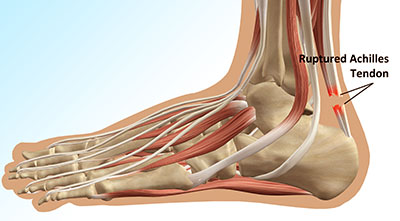Plantar Fasciitis Braces in Tin Fu Tsai HKSAR
Podiatrists for Plantar Fasciitis Treatment in Tin Fu Tsai HKSAR, China

Handling Achilles Tendon Injuries Achilles tendon pain is a typical running injury that impacts the lower calf/heel area. Usage sensible sports training strategies, such as using the right shoes and stretching prior to activities. Essentially all the force created when you toe off" the ground during running is transferred by the Achilles, and this force can be as much as 3 times your body weight. My conditioning was back on track and I started playing full field soccer once again with no heel pain. Ice: Apply an ice pack covered in a towel or a cold compress to your tendon for 15 minutes or more after you exercise or if you feel discomfort in the tendon. The Achilles tendon is the thickest and greatest tendon in your body, connecting your calf muscles to the back of your heel. The tendon will be extremely tender on palpation or pressing in on the achilles tendon or squeezing it from the sides. Usually, the closer a shoe is to feeling and looking like a running shoe," the better it is for your foot. The night splint certainly assisted, however exactly what lastly got me back on the streets was ART treatment. Running out shape or not heating up prior to exercising may also trigger Achilles tendon problems. If your physician thinks it will assist, try a pair of prescription orthotic inserts for your shoes. Achilles tendonitis usually starts off as a dull stiffness in the tendon, which gradually disappears as the location gets warmed up. It may get worse with faster running, uphill running, or when wearing spikes and other low-heeled running shoes. After about 4 or 5 weeks the results became visible that I was moving with a great deal less pain in my heel.
Heel Pain Doctors and Surgery in Hong Kong
Previous Plantar Fasciitis Brace Next Plantar Fasciitis Brace Supplier
Plantar Fasciitis Braces Around Hong Kong
Plantar Fasciitis Braces in Mor Li Shan HKSAR
Plantar Fasciitis Braces in Siu Lek Yuen HKSAR
Plantar Fasciitis Braces in Pak Ngau Shek HKSAR
Plantar Fasciitis Braces in Kei Ling Ha San Wei HKSAR
Plantar Fasciitis Braces in Shek Pan Tam HKSAR
Plantar Fasciitis Braces in Hang Tau HKSAR